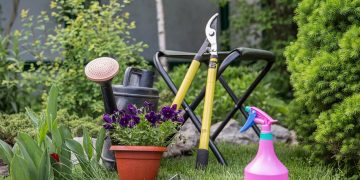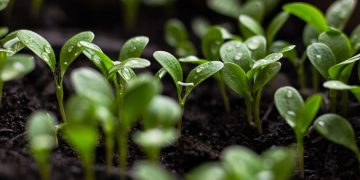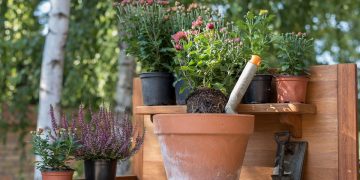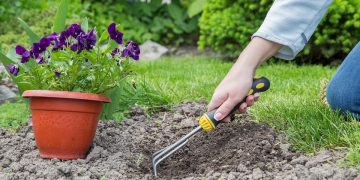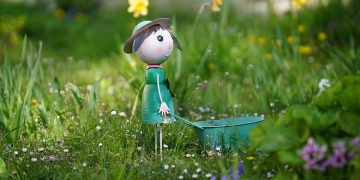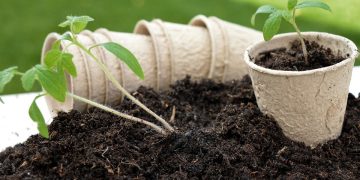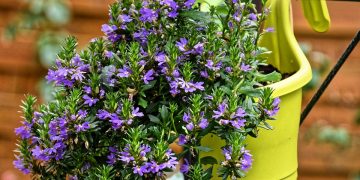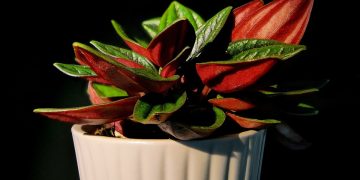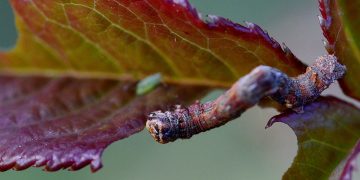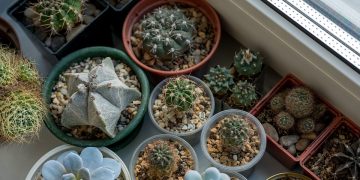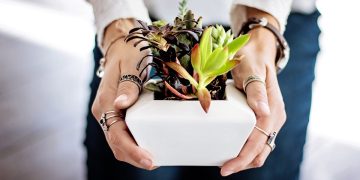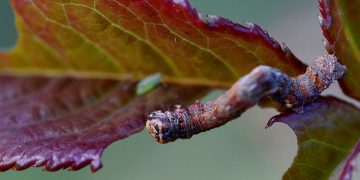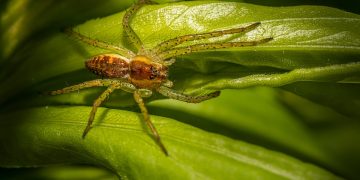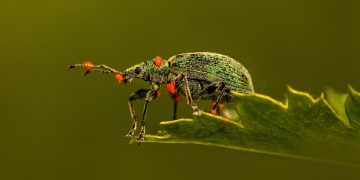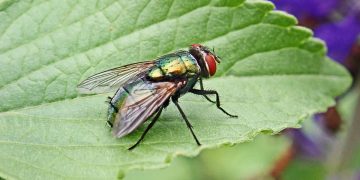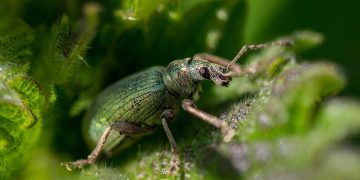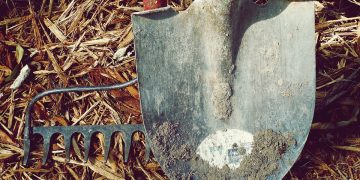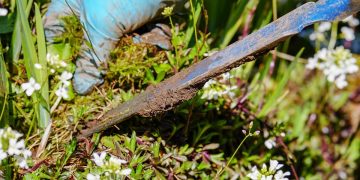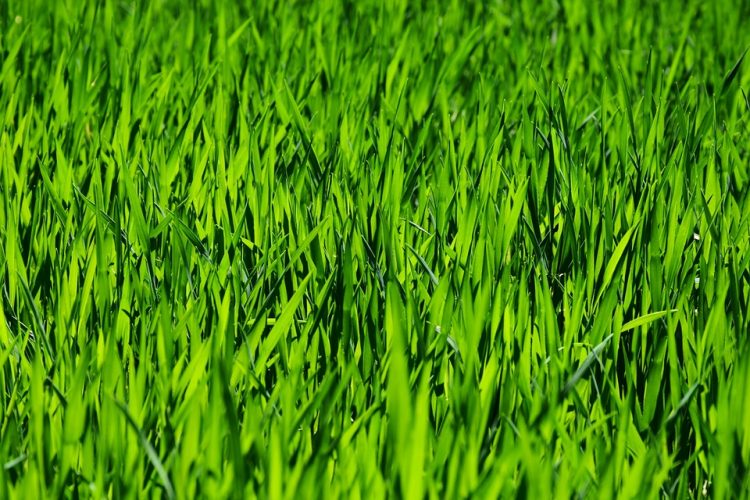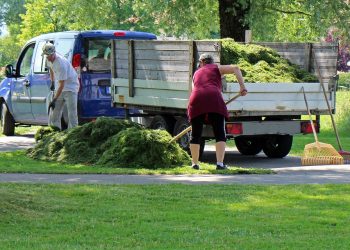The Ultimate Guide to Thriving Houseplants: Essential Care Tips for Greening Up Your Space
Houseplants are a wonderful way to bring a touch of nature indoors and brighten up your living space. Not only do they add beauty to your home, but they also have numerous health benefits, such as improving air quality and reducing stress levels. However, caring for houseplants can sometimes be a daunting task, especially for beginners. In this ultimate guide, we will provide you with essential care tips to help your houseplants thrive and green up your space.
Choosing the Right Plants
Before you start caring for houseplants, it’s important to choose the right plants for your space. Consider factors such as light levels, humidity, and temperature in your home. Some plants thrive in bright, indirect light, while others prefer low light conditions. Make sure to choose plants that are well-suited to the environment in which they will be placed.
Watering
One of the most common mistakes people make when caring for houseplants is overwatering. It’s important to let the soil dry out between waterings to prevent root rot. Make sure to water your plants thoroughly, allowing excess water to drain out of the bottom of the pot. Different plants have different watering needs, so it’s important to research the specific requirements of each of your plants.
Lighting
Light is essential for the growth of houseplants. Most plants require bright, indirect light to thrive. If your plants are not getting enough light, they may become leggy or stop growing altogether. Consider placing your plants near a window where they can receive adequate sunlight. If natural light is limited in your home, consider using grow lights to supplement your plants’ lighting needs.
Fertilizing
Houseplants need regular feeding to stay healthy and vibrant. Fertilize your plants every 4-6 weeks during the growing season with a balanced, water-soluble fertilizer. Be careful not to over-fertilize, as this can cause nutrient burn and damage to your plants. Always follow the instructions on the fertilizer package and adjust the feeding schedule according to your plants’ needs.
Pruning and Grooming
Regular pruning and grooming are essential for maintaining the health and appearance of your houseplants. Remove dead or yellowing leaves, as well as any debris or dust that may have accumulated on the leaves. Pruning helps promote new growth and prevents overcrowding, allowing your plants to thrive and flourish.
Pest Control
Pests such as aphids, mealybugs, and spider mites can wreak havoc on your houseplants if left unchecked. Inspect your plants regularly for signs of pests, such as yellowing leaves, sticky residue, or webbing. Treat infestations promptly with organic pest control methods or insecticidal soap to prevent further damage to your plants.
Repotting
As your houseplants grow, they may outgrow their pots and become root-bound. Repotting your plants into larger containers allows them to continue growing and thriving. Choose a pot that is 1-2 inches larger in diameter than the current pot, and use a well-draining potting mix to prevent waterlogged soil. Repot your plants in the spring or early summer when they are actively growing.
Common Questions about Houseplant Care
How often should I water my houseplants?
The frequency of watering your houseplants depends on factors such as the type of plant, the size of the pot, and the environmental conditions in your home. It’s important to check the soil moisture before watering to prevent overwatering or underwatering.
Why are my houseplant leaves turning yellow?
Yellowing leaves can be caused by various factors, including overwatering, underwatering, nutrient deficiencies, or pests. Inspect your plants carefully to determine the cause of the yellowing leaves and take appropriate action to address the issue.
How can I increase humidity for my houseplants?
If your home has low humidity levels, consider placing a humidifier near your plants or placing a tray of water filled with pebbles underneath the pots. Misting your plants regularly can also help increase humidity and prevent leaf browning.
Conclusion
Caring for houseplants can be a rewarding and fulfilling experience. By following the essential care tips outlined in this guide, you can ensure that your plants thrive and green up your space. Remember to choose the right plants for your environment, water them properly, provide adequate lighting, fertilize regularly, and address any pest or disease issues promptly. With a little love and attention, your houseplants will flourish and bring joy to your home for years to come.



